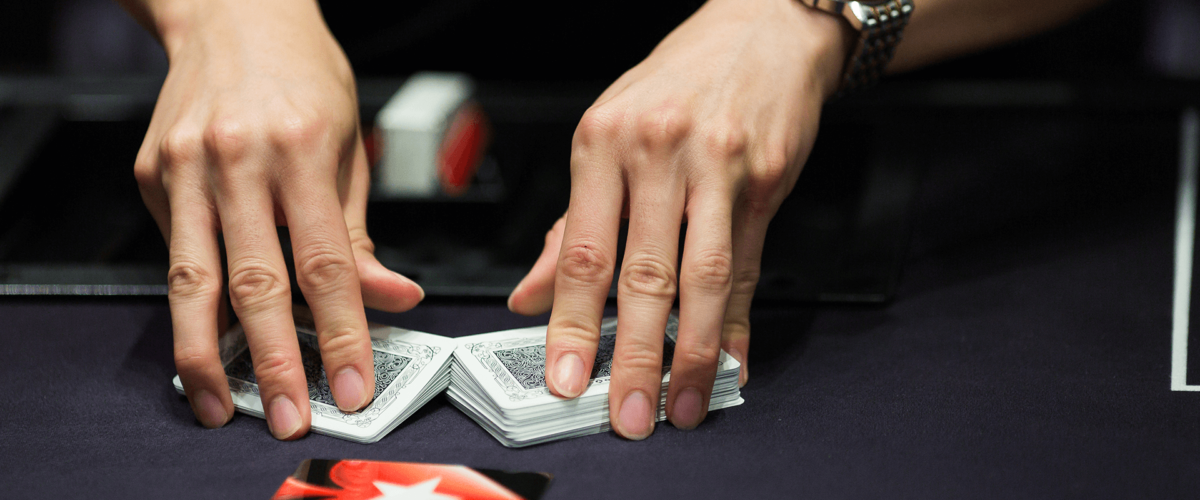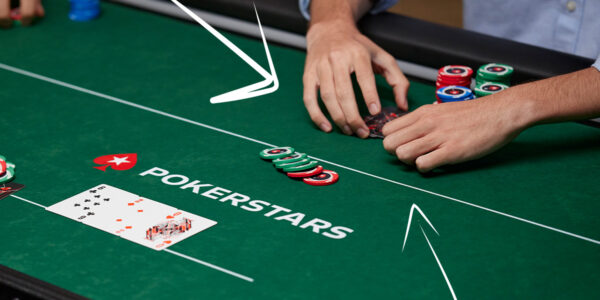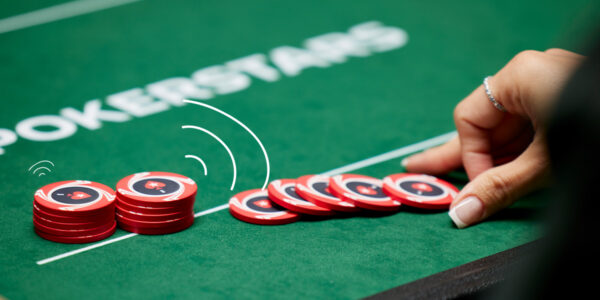The Dos and Don’ts of Checking Poker Results
Monitoring your own play is a fantastic way to keep your game moving in the right direction. Programs which store your hands and generate stats to help you find your leaks are invaluable but getting your first piece of tracking software comes with a dangerous new problem – being too results orientated.
The longer we play poker, the more hands we accumulate. The more hands we accumulate, the less of an effect luck will have on our results. Over small samples, luck plays a very big role indeed, and this is the root of the problem. Here are some guidelines for getting the most out of your tracking software without succumbing to the pitfall of short-term results obsession.
DO: Review your Sessions Afterwards
This means pulling up the hands that perplexed you the most and objectively critiquing your line, being careful to put yourself back in your past self’s shoes – using only the information you possessed at the time of the hand. Try developing a tagging system to archive hands. If you’re a very meticulous person, why not take screenshots of reviewed hands and put them into a Word document or Powerpoint with your own annotations? Keeping a library of reviewed hands is a great way to consolidate your improvement over the long haul.


DON’T: Assume Losing Hands Were Misplayed
During post session review, it is tempting to adopt the role of the fixer. This means working your way through losing hands and trying to force a different outcome by changing the actions which led to the large loss. This is backwards thinking. Very often, our biggest losing pots will originate only from being on the unfortunate end of variance. It might be that your river bluff was very profitable given what you knew – that the average regular’s range is weak in this situation and he is therefore very likely to fold. You cannot fault yourself for something you could not know – that Villain happened to turn a set with what was an underpair on the flop.
By assuming that a losing hand necessarily contains a technical problem, you will create a very unhealthy link between bad luck and drops in confidence. This is something we desperately want to avoid as poker players.
DO: Look at your Graph for Long-Term Analysis
The first thing I will do when a student sends me over their database is have a look at his graph over all the hands he has played. This is not just to get a sense of whether this player is a winner at his current stakes; it also let’s me see his style. There are two supplementary lines that describe how the overall wins and losses (the green line) is made up. One tracks money won or lost at showdown (the blue line), and the other, money won by making people fold or lost by folding oneself (the red line).
Students who have a healthy blue line are usually decent at getting value for their good hands and normally don’t have big problems finding the fold button when required. They are in good shape when lots of money goes into the pot and this is a solid foundation from which to build more aggression into your game. However, a good blue line is not always a good sign. Sometimes players are far too tight. Their blue line only appears good because they refuse to invest money in pots unless in very good shape. The result of this is a plummeting red line from folding too often and a poor overall win-rate (green line).
A healthy red line on the other hand shows a willingness to steal pots, bluff and use larger bets. These traits are essential for becoming a winning player. However, when the red line is too winning, it means that the player is overdoing aggression and betting in bad spots where checking would yield a higher EV. It may also mean that he is refusing to fold in spots where he has a very poor pot share by calling. In these cases, the student’s blue line is absorbing all the damage.
At the end of the day, it is the green line which truly matters but analysing the other two lines can be a good diagnostic tool for improving it.
DON’T: Check you Graph or Bankroll Mid-Session
This is a disastrous mental-game leak that teaches you a terrible habit. Students who pull up their graph after every big winning or losing hand are living an emotional rollercoaster that is completely out of their control. Since we cannot determine how we run in the short-term, looking at the peaks and troughs of your mid-session graph is a sure way to let poker drive you insane. You are teaching your brain to initiate lots of positive emotions while luck is on your side and staring at what looks like failure when it is not.


A much better practice is to train yourself to only check your graph or bankroll when considering moving up or down in stakes or when performing very long-term analysis as described above. Did you know it is possible to hide your bankroll in the PokerStars lobby simply by clicking on the little eye symbol next to your bankroll at the top right? If you are playing with sensible bankroll management, there is no need to always know how much is in your account. Students who look mid-session are forever obsessing about luck and neglecting decision-making, which is the true determiner of your green line in the long run. You might find the serenity that comes from not knowing how well a session is going in monetary terms a refreshing change.
Conclusion
Tracking results is something we should all do if we want to get the most out of technology to improve at poker. Knowing how to do this in an objective analytical way is key to success but try to avoid the traps that snare so many results-obsessed players.












